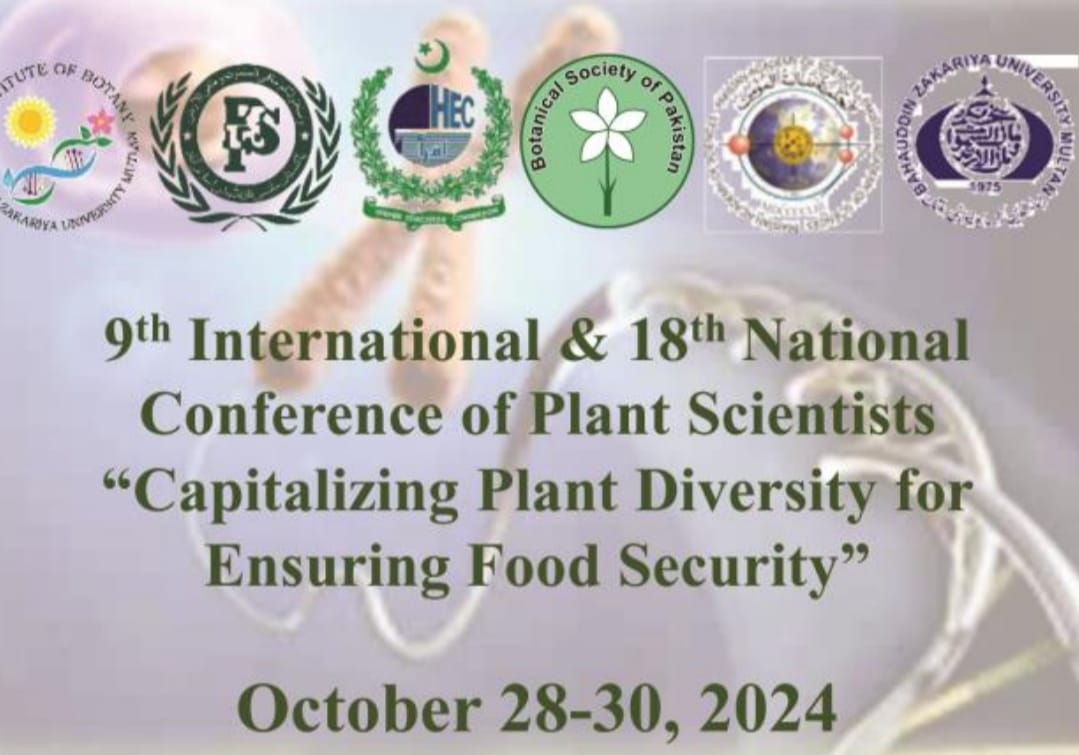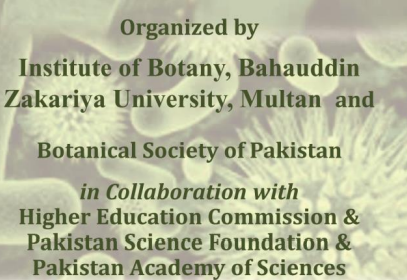
PJB-2024-312
Analysis of behavior and biometry within several local populations of pea (pisum sativum l.) in a hyper-arid region of south-western Algeria
Rachida Issolah, Zahira Bouziane, Said Tareb, Hadjira Messaadi, Meriem Bousseta, Ali Chabouni and Abdelkader Laaboudi
Abstract
As part of the evaluation, preservation and development of plant genetic resources of food and fodder interest in Algeria, eight (08) local populations of the species Pisum sativum L. (Fabaceae) were collected from farmers, in an area of South-Western Algeria, mainly in Adrar. This part of the country is considered to be one of the hottest regions in the world (hyper-arid Saharan zone). Following this survey, a complete randomised block trial, with three (03) replications, was set up at the experimental station (INRAA / Adrar), for two consecutive agricultural campaigns (2018/2019; 2019/2020). Twenty-two (22) morphological, phenological and biometrical characteristics, relating to vegetative development, flowering, pods and seeds, were considered. Ecological factors (rainfall, temperature, altitude), characterizing the origin environments of populations were also taken into account. Analysis of variance revealed significant differences for most of the characteristics. Significant variation was recorded for phenological stages linked to vegetative development, flowering and pod formation, as well as for biometrical characteristics relating to production. Interaction analysis indicates a strong influence of the environment (Year) on most of the morpho-phenological traits of populations, whereas this influence would be lesser on biometrical characteristics. The correlation matrix revealed several significant links. In addition, the results indicated the existence of significant relationships between some phenological characteristics (emergence date and flowering duration) and a single ecological factor (altitude), characterizing the origin environment of the populations. Principal component analysis (PCA) permitted to constitute different groups of populations with similar characteristics. The evaluation of Pisum sativum populations can contribute to the diversification and development of legumes for human and animal consumption. This will enable the development of livestock farming and its products and consequently will improve the living standard of local populations in this desert region of the country
To Cite this article: Issolah, R., Z. Bouziane, S. Tareb, H. Messaadi, M. Bousseta, A. Chabouni and A Laaboudi. 2025. Analysis of behavior and biometry within several local populations of pea (pisum sativum l.) in a hyper-arid region of south-western Algeria. Pak. J. Bot., 57(5): DOI: http://dx.doi.org/10.30848/PJB2025-5(29)
Download PDF


